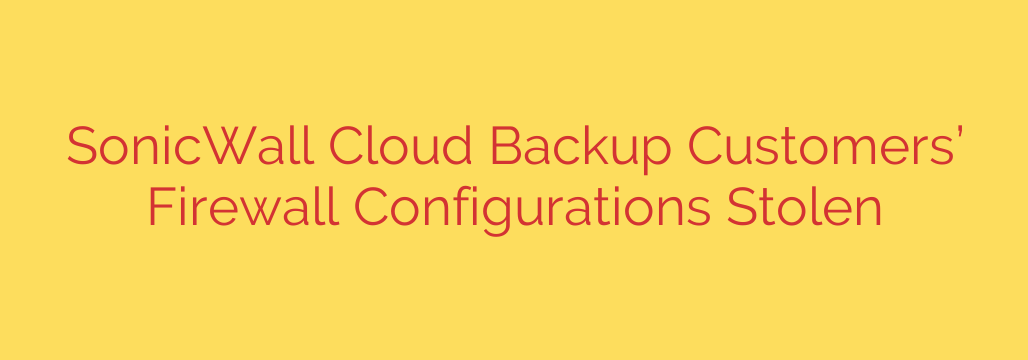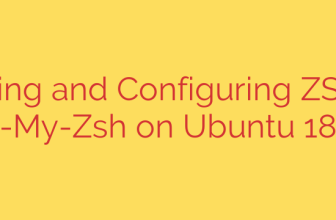
Urgent Security Alert: SonicWall Cloud Backup Breach Exposes Firewall Configurations
A significant security incident has come to light involving SonicWall, a prominent provider of cybersecurity solutions. The breach specifically impacts customers who used the company’s Cloud Backup service, leading to the exposure of sensitive firewall configuration data. This event serves as a critical reminder for all network administrators to review their security posture and take immediate protective measures.
The incident did not involve a direct compromise of the individual firewall appliances themselves. Instead, an internal SonicWall system used for storing cloud backups of firewall settings was breached. This distinction is crucial, but the outcome remains serious: threat actors have potentially gained access to the complete architectural blueprints of affected customer networks.
Why Leaked Firewall Configurations Are a Major Security Risk
A firewall configuration file is more than just a list of settings; it is a detailed map of your network’s defenses. Unauthorized access to this data provides attackers with a powerful advantage, exposing critical information that can be used to plan and execute sophisticated cyberattacks.
Stolen firewall configurations can reveal:
- Network Layout: IP addressing schemes, subnet information, and the overall network topology.
- Security Policies: Detailed rules defining what traffic is allowed or denied, exposing potential weaknesses or misconfigurations.
- VPN Setups: Information on remote access configurations, including gateways and potentially pre-shared keys or other sensitive credentials.
- User Information: Local user accounts, passwords (often hashed, but still vulnerable to offline cracking), and group memberships.
- Object and Service Details: Names and IP addresses of critical internal servers, services, and trusted external partners.
Armed with this information, attackers can bypass security measures, identify vulnerable systems, and craft targeted attacks that are far more likely to succeed. They effectively have a guide to your digital fortress, showing them exactly where to strike.
Actionable Steps to Secure Your Network Now
If you have ever used the SonicWall Cloud Backup feature, you should assume your configuration data has been exposed and act immediately to mitigate the risk. We strongly recommend taking the following steps to re-secure your network environment.
1. Change All Credentials Immediately
This is the most critical first step. Immediately change all local administrator and user passwords on your SonicWall firewall. Do not reuse old passwords. If any of these credentials were used elsewhere, change them there as well.
2. Rotate All Pre-Shared Keys and Certificates
Any security keys associated with your firewall should be considered compromised. Generate new pre-shared keys (PSKs) for all VPN connections and replace any SSL or other certificates that may be tied to the device.
3. Enable Multi-Factor Authentication (MFA)
If you haven’t already, enable MFA for all administrative and VPN user access immediately. This adds a vital layer of security that makes it significantly harder for attackers to use stolen credentials to gain access to your network.
4. Review and Harden Firewall Rules
Conduct a thorough audit of your firewall access rules. Look for any overly permissive “any-any” rules, legacy policies that are no longer needed, or unauthorized changes. This is an excellent opportunity to tighten your security posture based on the principle of least privilege, ensuring only necessary traffic is allowed.
5. Scrutinize Network Logs
Monitor your firewall and network logs for any unusual activity. Pay close attention to failed login attempts, connections from unfamiliar IP addresses, and abnormal traffic patterns, especially related to VPN access and administrative portals. This proactive monitoring can help you detect an intrusion attempt before it succeeds.
This security incident highlights the inherent risks of centralized, cloud-based storage, even when managed by a trusted security vendor. It underscores the importance of a defense-in-depth strategy, where multiple layers of security work together to protect critical assets. By taking these decisive actions, you can significantly reduce the risk posed by this data exposure and strengthen your organization’s overall cybersecurity resilience.
Source: https://www.bleepingcomputer.com/news/security/sonicwall-firewall-configs-stolen-for-all-cloud-backup-customers/








